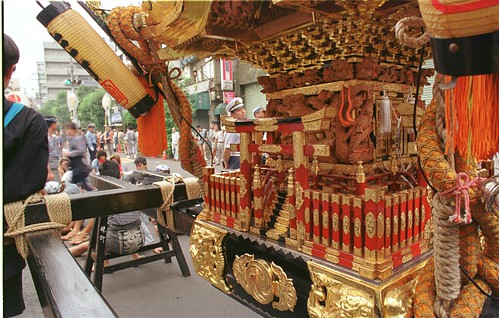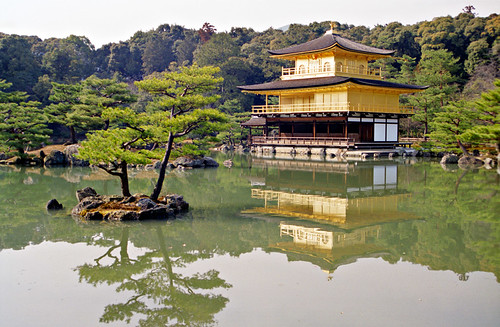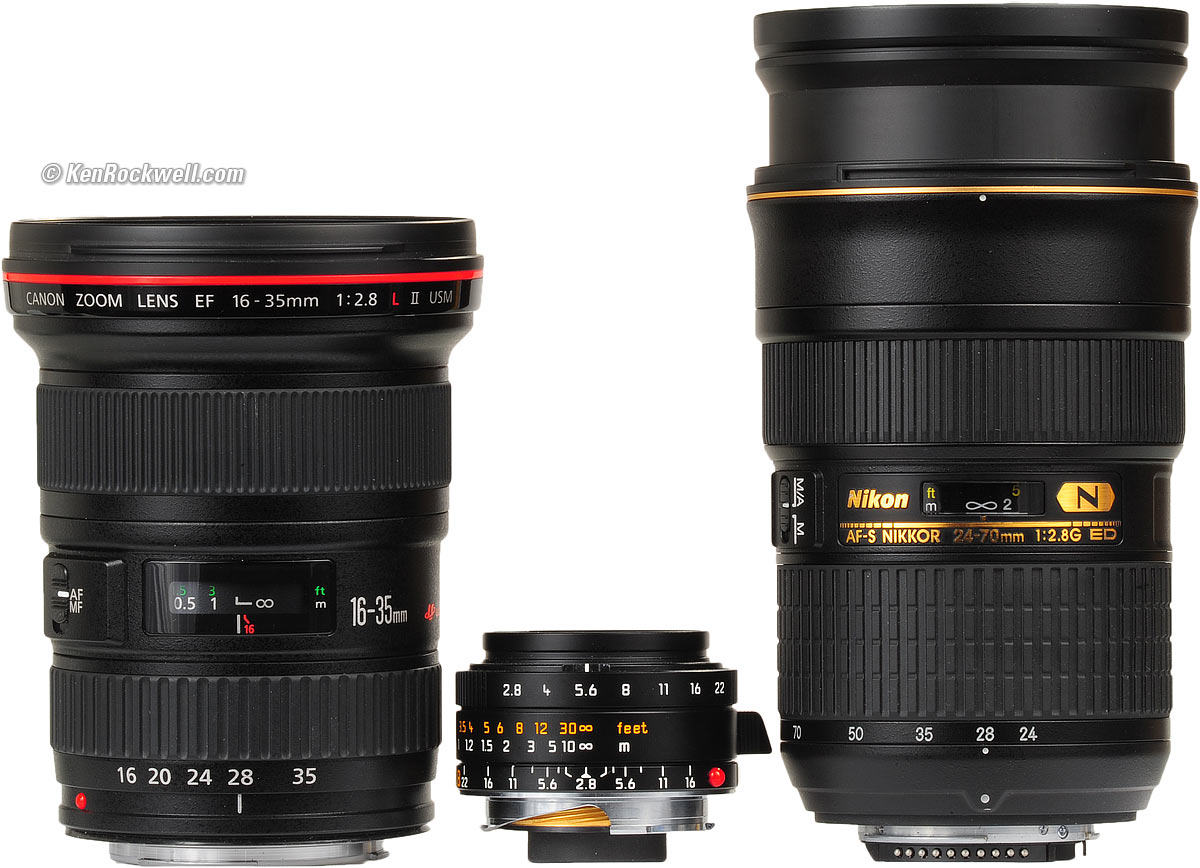nearly ten years ago I wrote in a 'digital thoughts' page (before there were such things as blogs) that I thought that 35mm (and of course lager formats too) gave users better value for money than did digital SLR and greater flexiblity than any "prosumer" digicams.
This article was aimed at typical "hobby" photographers who were interested in making images for their enjoyment, did not have tight press and client deadlines and enjoyed their craft. Now firstly I'd like to point out that 35mm isn't the only format of film to consider, especially in this day and age where 120 film cameras (Medium Format) have truly plummeted in price and are very attractively priced and can give even more fantastic results.
Anyway, last week I took this image while just walking around with the 35mm camera:

This was scanned on my LS-4000 from Fuji Sensia slide film with my EOS 630 (god knows how many meters of film its seen over the years of service since I bought it in 1990) with an OM series 21mm f3.5 lens mounted with a $15 adaptor. There was no application of fancy metering I just let the camera do what it wanted to (set on aperture priority). Yet importantly there isn't the slightest hint of nasty washouts inherent in digital and the whole thing just looks lovely. Heck, this is even slide film which is in theory harder to to expose properly.
Scanned it produces 5500 x 3500 pixels and looks as good as this at 100% (as with almost all my blog images click on this to view it fully)

There would be no problems making a 50cm wide enlargement from this image that looked great. So now we have that we can get great images as good as a top (expensive) digital camera with less problems in ugly image blowout caused by sensor washout.
I've just bought a Panasonic G1 which is a 12megapixel camera (4000 x 3000 pixels) which is a 4/3rds sized sensor quite capable of making images right up there with the top professional cameras. Many serious photographers will tell you is quite a good camera. While it is not strictly a SLR (having no reflex mirror) it has many of the features that a SLR has and operates more or less the same.
Back then (2001) I felt that for the same money outlaid a hobbyist could get much better value for money out of 35mm than they could out of a DSLR. I argued that a 35mm SLR for the 'good shots' and a compact digicam was the best balance between low cost high quality for the "good stuff" and a compact digital for convenient snapshots.
I'm glad that I did as I took images like these which I could never have taken on any digital at that time.


and as I've had better access to scanners, the same images scan better than when I took them.
Clearly scanning takes some time, but you know, a little discipline in the shooting side yields more keepers per roll than the average 4gig card. Shooting film is not only forgiving bur
Back in 2001 the top digital cameras (excluding the outright stratospheric) were about US$2000 for stuff like the Canon EOS D60 which was a 6Mp APS sized sensor camera. While this smaller sensor means my telephoto is more telephoto, this has important implications on getting wide angle lenses. Compare Ken Rockwell's discussion on wide angle lenses between digital cameras here:

The Olympus 21mm wide angle lens used above cost me less than US$200 and is smaller than the 28mm above. That's the tiny one in the middle
But its not only the lenses which are getting bigger (and dearer) its the cameras too.
 Its easy to forget how we've become used to these DSLR's being fat monstrosities and have forgotten just how compact cameras like OM-10's and such really are. My OM-10 camera is about the same size as my G1 is. So looking at the comparison between G1 and EOS 10D here you can see here the size difference.
Its easy to forget how we've become used to these DSLR's being fat monstrosities and have forgotten just how compact cameras like OM-10's and such really are. My OM-10 camera is about the same size as my G1 is. So looking at the comparison between G1 and EOS 10D here you can see here the size difference.Then there is feature set. Once upon a time photographers considered features to be useful things, like:
- 5 frames per second motordrive
- eye controlled focus point selection
- big bright viewfinder focusing screen
not so much stuff like "portrait mode" or any other of the spin out of 'creative scene' processing (for people who want their images processed for them).
35mm cameras haven't really changed so much since 1980, essentially they are the box that holds the film, lenses are what really makes the biggest difference.
Since 2001 I've changed my Digital camera a few times.
Nikon Coolpix 950
Nikon Coolpix 990
Nikon Coolpix 5000
Canon 10D
Canon 20D
Assuming that I've lost $500 on each camera body change (not to mention the lenses which I've needed to buy to cope with the change in Field of View created by the smaller sensors) that's $2500 in losses, while in that time I've essentially kept my 2 EOS 630's ... If I apply that to buying film (say, negative which I use the most) and getting it processed that's about 250 rolls of film.
Now, look in the mirror and tell me honestly that you've averaged 31 rolls of film a year?
Yet during that time only the images since the Coolpix 5000 can match 35mm and it wasn't till the 10D that I had the sort of versatility in telephoto that I do with 35mm film.
Looking back on my old article from 2001 it seems that:
Bang for buck, any 35mm SLR camera (even a $200 second hand one) with even a basic pair of zooms (say 28-105 and 100-300) will give you much greater quality image making versatility than any digital short of a digital SLR (and then you'll still need those lenses anyway ;-) You'll have many nicer handling features, and I feel that they're easier to control than a high end digital.
but its even cheaper as I bought my OM-10 for US$40 just the other day, and I occasionally buy cheap OM lenses to dual purpose on my G1 and the OM canon (well, and my EOS 630 film body too :-)
So if you're feeling like you should move to digital but you're not sure ... ask yourself how much you take pictures ... cos if its not real often, then stick with 35mm, get your film processed and scanned into CD (such as by the great Noritsu system which gives 6Megapixel images), never have to worry about "honey, we forgot to charge the battery" or "shit, the media card is full" and still get great images which you can have made into great prints!
Its sure been nice to have a snapshot digital camera, but then why not? I used a small "trip 35" when I still had a SLR.
After all ... digital photography isn't just about a digital camera, scanning makes access to digital editing and printing just as possible :-)











2 comments:
Hehe :)
I have a friend who says just the same. He still shoots with a Canon T90 and a couple of more FD system cameras, but also with some EOS SLR.
He was very tempted to buy the G1, however, for using his FD lens collection. But the Jury is still out on this one.
yup..
I use a Nikon D700, but I still prefer the look of kodak 100 neg film. I use 35, 120 and digital, usually depends on my mood! (of course any work work is done Raw)
Post a Comment